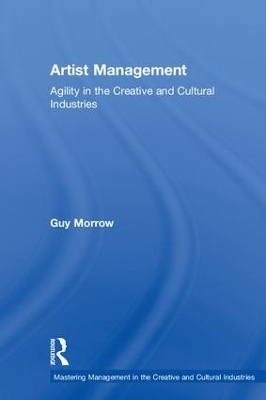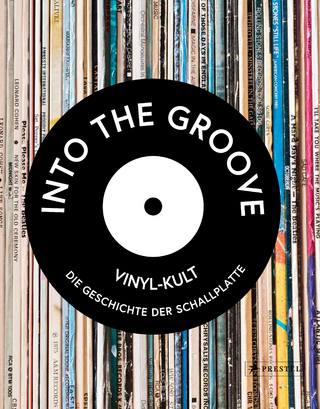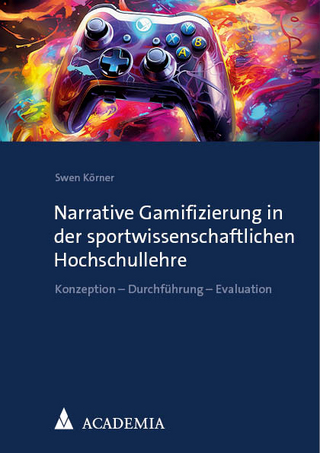
Artist Management
Routledge (Verlag)
978-1-138-69765-2 (ISBN)
Artists are creative workers who drive growth in the creative and cultural industries. Managing artistic talent is a unique challenge, and this concise book introduces and analyses its key characteristics.
Artist Management: Agility in the Creative and Cultural Industries makes a major contribution to our understanding of the creative and cultural industries, of artistic and managerial creativities, and of social and cultural change in this sector. The book undertakes an extensive exploration of the increasingly pivotal role of artist managers in the creative and cultural industries and argues that agile management strategies are useful in this context. This book provides a comprehensive and accessible account of the artist–artist manager relationship in the twenty-first century. Drawing from research interviews conducted with artist managers and self-managed artists in five cities (New York, London, Toronto, Sydney and Melbourne), this book makes an original contribution to knowledge. Nation-specific case studies are highlighted as a means of illuminating various thematic concerns.
This unique book is a major piece of research and a valuable study aid for both undergraduate and postgraduate students of subjects including arts management, creative and cultural industries studies, arts entrepreneurship, business and management studies and media and communications.
Guy Morrow is a Lecturer in Arts and Cultural Management at the University of Melbourne, Australia. He is co-author of The New Music Industries. His research interests include the use of agile management strategies within the creative and cultural industries.
Chapter 1: Introduction:
Artist management in the creative and cultural industries
1.1 The agile movement
1.2 Collaboration has a lifespan
1.3 Managing artistic contributions
1.4 What is artist management? Is it creative?
1.5 The artist–artist manager relationship
1.6 References
Chapter 2: Research design
2.1 Selection of industries, cases and participants
2.2 Methods
2.3 Outline of the book
Chapter 3: The artist’s career as startup:
Lean startup and effectuation methods for the arts
3.1 Extreme uncertainty: What is art?
3.2 Extreme uncertainty: Shaping a future for yourself
3.3 Conclusion: What good are the arts? How can we sell art?
Chapter 4: Agile management strategies
4.1 Artist management and the agile movement
4.2 Agility on individual and group levels
4.3 Case study: Agility in the dance sector
4.4 Case study: Agility in the film sector
4.5 Conclusion
Chapter 5: Storytelling in the creative and cultural industries:
Where is creativity? Creative cities and artist management
5.1 Storytelling in the creative and cultural industries
5.2 Sporting analogies
5.3 An artist manager’s checklist
5.4 Moving people to action
5.5 B2C and B2B storytelling
5.6 Storytelling etiquette
5.7 Case study: SXSW favours the storytellers
5.8 Destroying through narrative
5.9 Conclusion
Chapter 6: The artist-artist manager relationship:
Agile by default
6.1 The specificity of artist management labour
6.2 An informal approach to management
6.3 They found me with a gun in my hand
6.4 Double dipping
6.5 The bank account
6.6 Conclusion
Chapter 7: Conclusions: The future of artist management:
Artist’s voice, manager’s voice
7.1 The rapid escalation of complexity
7.2 Creativity: The key leadership competency for the future
7.3 Music case study 1: The Featured Artists’ Coalition
7.4 Music case study 2: The International Music Managers’ Forum
7.5 Judas Goat
7.6 Dance case study: ‘GoSeeDo’ and ‘Book a Flash Mob’
7.7 Creative and cultural industries case study: Culture Counts
7.8 Big data, automation and the future of work
7.9 References
Appendix A: The interviews
Appendix B: Association of Artist Managers Code of Conduct
Appendix C: Code of Conduct of MMF Australia
Index
| Erscheinungsdatum | 16.06.2018 |
|---|---|
| Reihe/Serie | Discovering the Creative Industries |
| Zusatzinfo | 1 Tables, black and white; 3 Line drawings, black and white; 3 Illustrations, black and white |
| Verlagsort | London |
| Sprache | englisch |
| Maße | 156 x 234 mm |
| Gewicht | 362 g |
| Themenwelt | Kunst / Musik / Theater ► Musik ► Allgemeines / Lexika |
| Sachbuch/Ratgeber ► Sport | |
| Sozialwissenschaften ► Kommunikation / Medien ► Journalistik | |
| Wirtschaft ► Betriebswirtschaft / Management ► Unternehmensführung / Management | |
| Wirtschaft ► Volkswirtschaftslehre | |
| ISBN-10 | 1-138-69765-6 / 1138697656 |
| ISBN-13 | 978-1-138-69765-2 / 9781138697652 |
| Zustand | Neuware |
| Haben Sie eine Frage zum Produkt? |
aus dem Bereich


